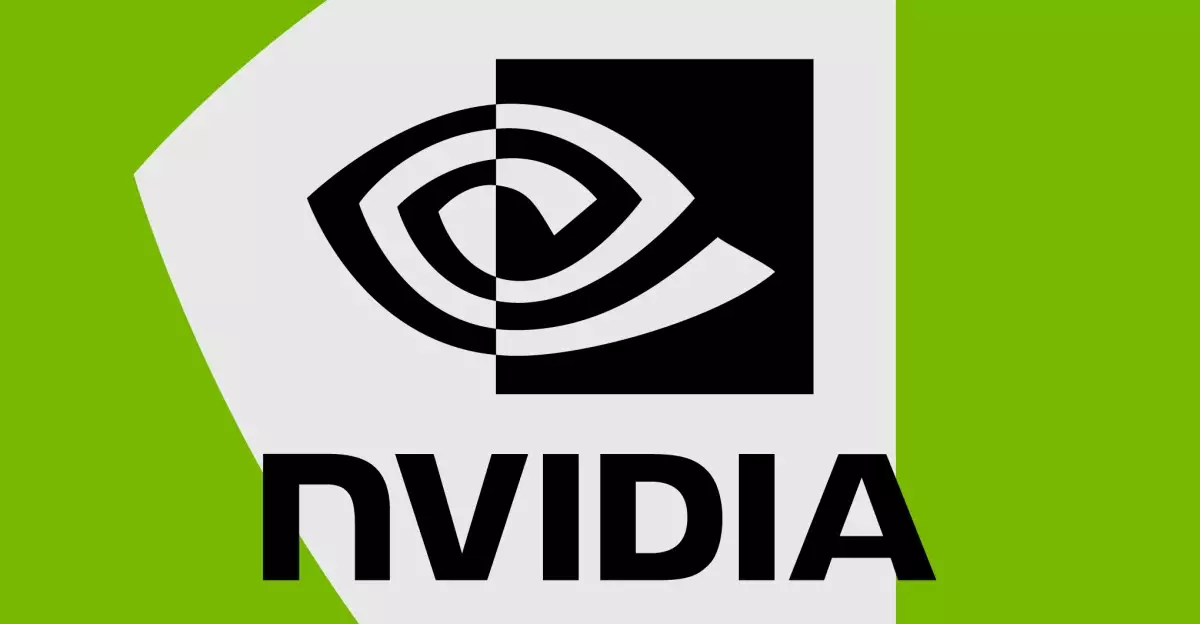In the realm of gaming technology, Nvidia has had a reputation for quality and stability. However, a series of missteps over the last few months has turned that perception on its head. Ever since the launch of the RTX 50-series graphics cards in January, Nvidia’s drivers have been subjected to scrutiny due to a catalog of issues encompassing black screen fails, game crashes, and overall performance instability. For gamers eagerly anticipating the potential of the latest graphics cards, this has been nothing short of disheartening.
The upheaval began with driver version 576.02, which was meant to provide solace in the form of fixes for several previous mishaps. Many thought that this release would restore the long-held belief that Nvidia’s drivers consistently outperformed their competitors. However, the opposite unfolded; users reported new issues related to GPU monitoring tools failing to provide accurate temperature readings, stuttering in gameplay, and more crashes than before. The swift emergence of additional hotfixes became a necessity rather than a luxury, showcasing a desperate need to regain gamer trust.
The Rollercoaster of Hotfixes: Are They Effective?
In just a few weeks, Nvidia deployed four hotfixes, an extravagant number for a company typically heralded for its solid driver support. This prompted discussions around whether such frequent fixes indicate a systemic problem within Nvidia’s development processes or merely signify the complexity of supporting high-performance gaming. Just a few years ago, gamers could rely on smooth launch experiences and dependable performance, but this current state raises doubts about the adequacy of Nvidia’s testing protocols before releasing updates.
The latest hotfix, version 576.15, aimed to resolve some of these continuing issues, specifically targeting lower idle GPU clock speeds and flickering problems in specific games. While these targeted fixes are essential, they also present a larger question: Shouldn’t driver software for premium graphics cards in 2023 be more reliable from the outset? The frustration among users who are experiencing crashes and performance drops, particularly those reliant on G-Sync technology, serves to underscore the inadequacies of these recent releases.
Customer Trust in Jeopardy: A Critical Opinion
The impact of these driver issues extends beyond mere technical glitches; it is eroding consumer confidence in Nvidia’s brand. Gamers invest substantial amounts into their systems, not just because they want the latest technology but also because they expect reliability. Many users have taken to forums to express frustration over being unable to revert to prior drivers that were stable due to the incompatibility with the new RTX 50-series. This predicament highlights how essential it is for Nvidia to deliver on its promises, especially when their marketing boasts about the cutting-edge nature of their products.
What’s of particular note is how competitors—AMD, in particular—have seized this moment to capitalize on Nvidia’s shortcomings. Gamers are increasingly looking at alternative solutions, weighing whether the supposed benefits of Nvidia’s advanced technology are worth the risk. This shift in sentiment may have long-term consequences for Nvidia, as becoming synonymous with driver chaos could redefine consumer loyalty.
Looking Ahead: Will Stability Return?
The future trajectory of Nvidia’s GPU lineup rests on its ability to address ongoing issues and restore user confidence. The recent unveiling of manufacturing flaws, such as melting power cables and missing render units, compound the concern that Nvidia is not only grappling with software but hardware issues too. Gamers deserve a seamless experience—one that showcases the unparalleled power of their GPUs, not one marred by failed drivers and disappointing performance.
As Nvidia vows to track and address at least 15 known issues with their problematic 576.02 driver, the community watches with bated breath. Users are not unreasonable; they understand that software and hardware are complex. Yet, when legacy brands falter, they risk losing the enthusiastic gamers who propelled them to the forefront of technology. With seasoned editors like Tom Warren highlighting these issues over two decades of industry experience, it’s clear that taking decisive action is more crucial than ever for Nvidia. The stakes are high, and the gaming community is waiting for concrete resolutions that will conclude a chapter of turmoil and replace it with renewed faith in the brand’s innovation.


Leave a Reply